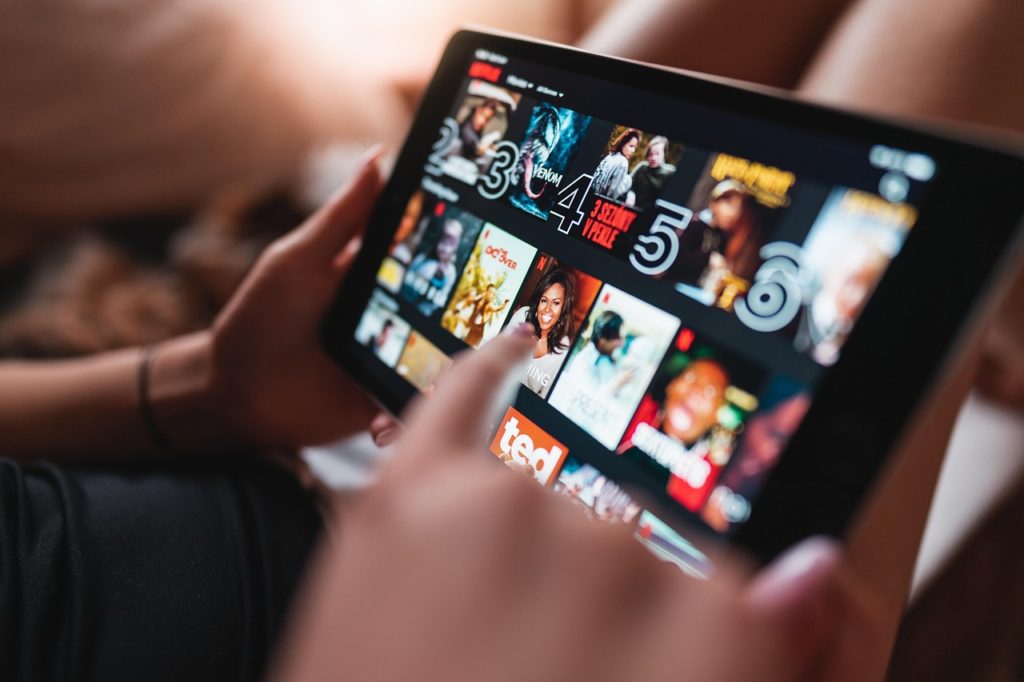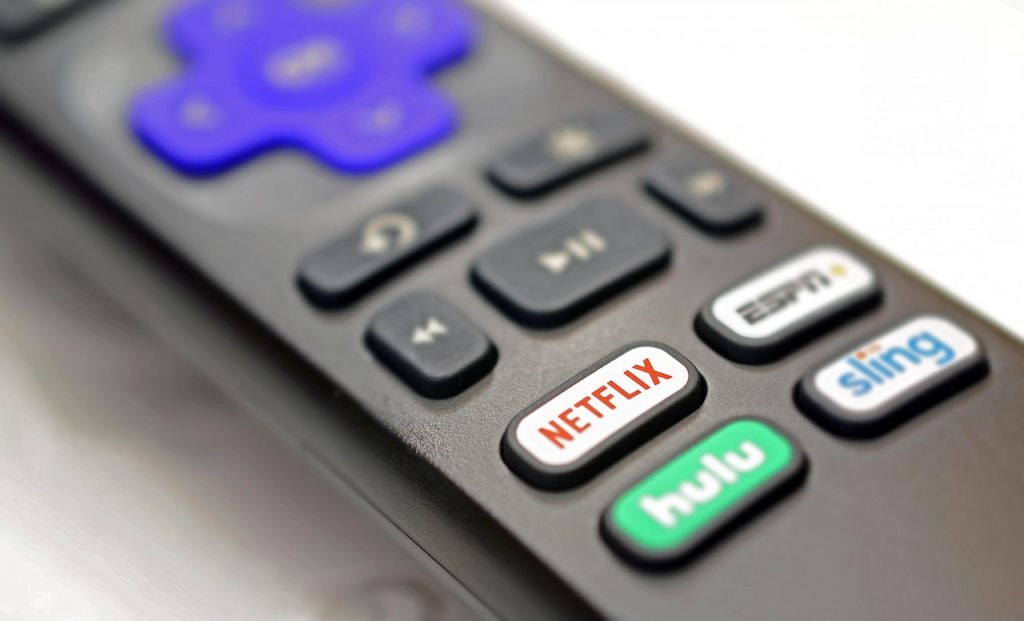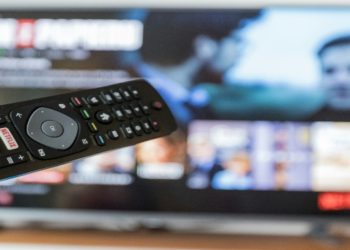In a world where customers are increasingly frustrated with the rising prices and shrinking libraries of streaming services, one CEO has found the courage to fight against public opinion. Warner Bros. Discovery CEO David Zaslav has found himself in the headlines for his thoughts that streaming services’ prices are too low, and while unpopular, there is some truth in his claims, at least on the surface.
Playing Devil’s Advocate
Zaslav’s argument stems from the quality and choice of what’s now on offer, as viewed in relation to the selection and pricing of what used to be the norm. In terms of quality, there is no question that even the low end of 1080p video streams vastly surpasses any that came before. While the older CRT TVs used for broadcast viewing didn’t have pixels in the traditional sense, their resolution could be quantified at around 480p, around six times less than a 1080p image.
Selection is also vastly improved compared to these early days, especially given the on-demand nature of streamed content. Instead of having to wait for a show at a specific time, which was consistently inconvenient, shows on modern platforms can be easily viewed whenever users want.
Going on to claim that since people used to pay on average $55 for content ten years ago, it makes sense that modern prices with greater features and selection should increase. With the highest tier of HBO Max recently increased to $20 a month, it seems like Zaslav has a point, at least in a vacuum.

Real Costs and Solutions
The problem with Zaslav’s reasoning is that it ignores many important elements of how streaming services evolve, and how they’re commonly used today. In reality, the average video streaming user pays for four services, which adds up to $69 a month for US customers. This outlay is to achieve the kind of libraries that used to be available on Netflix alone, with media constantly disappearing as rights change hands and management deals expire.
Even when users purchase content outright, there is no guarantee that streaming services will maintain access for their users. Sony illustrated this clearly in 2023, where the company removed purchased digital content from user libraries, and it’s not the only company to adopt this course of action.
As for potential solutions, there is no one-size-fits-all method that could work, though streaming services could draw examples from other online digital content delivery industries. Online casinos are perhaps the most relevant example, with services like online slots UK websites. Rather than relying on large monthly fees, users of these sites gain entry with low starting bets in titles like Reign of Anubis and Bigger Bass Bonanza. While they can choose to pay more and engage more, users essentially get full customisation over how they engage, and this flexibility could be key.
With the right agreements between streaming rights holders, it could be possible for single subscription fees to be spread between the owners of what each customer watched. If somebody only watched shows owned by Netflix, for example, Netflix would receive most of the subscription. If they were split evenly between HBO Max and Paramount Plus, the money could similarly be split.

Of course, any hypotheticals that are good for the customers would first have to go against the will of the CEOs and the companies in general. Time has shown that these big names are only increasing their prices with time.
With the current state of affairs, it’s likely streaming prices and access will get worse before they get better. Users may have little choice other than to opt out entirely or go along for the ride.
David Prior
David Prior is the editor of Today News, responsible for the overall editorial strategy. He is an NCTJ-qualified journalist with over 20 years’ experience, and is also editor of the award-winning hyperlocal news title Altrincham Today. His LinkedIn profile is here.













































































